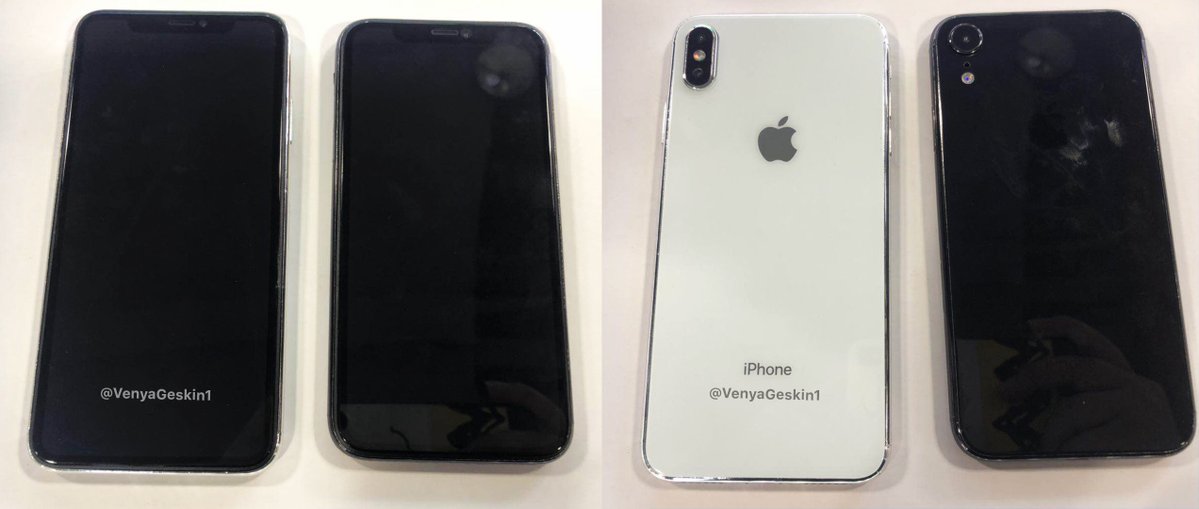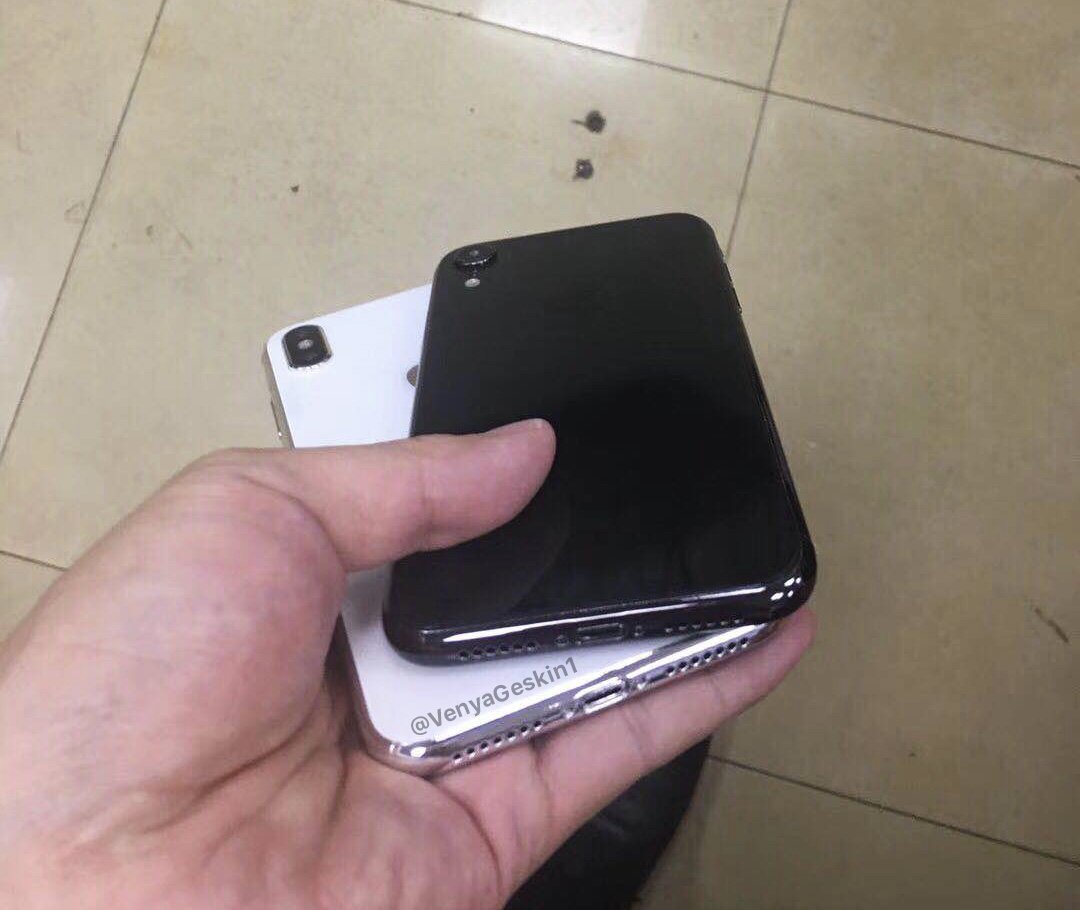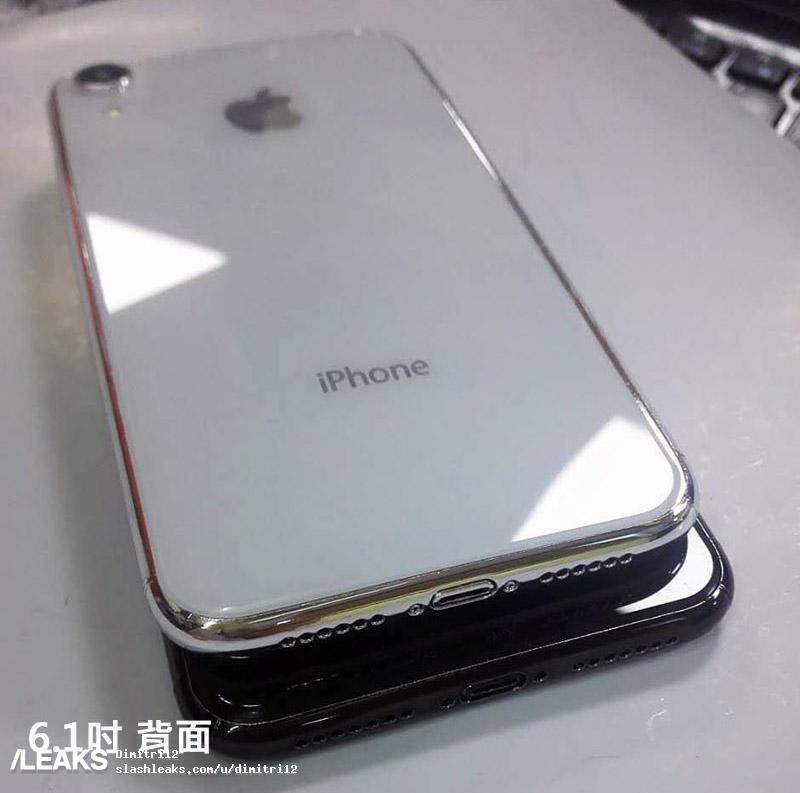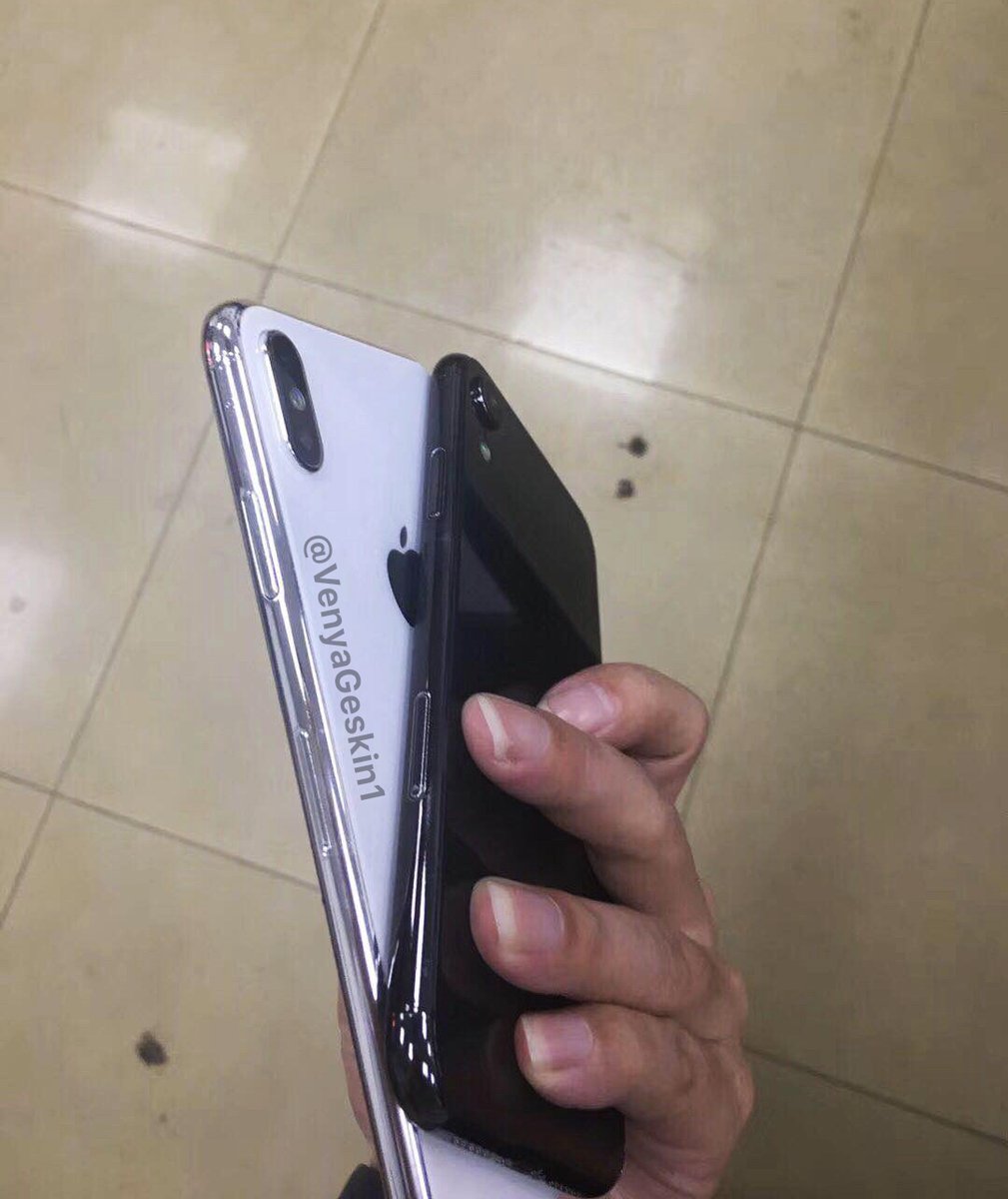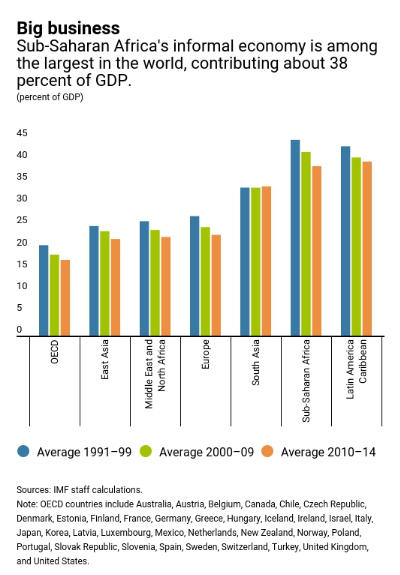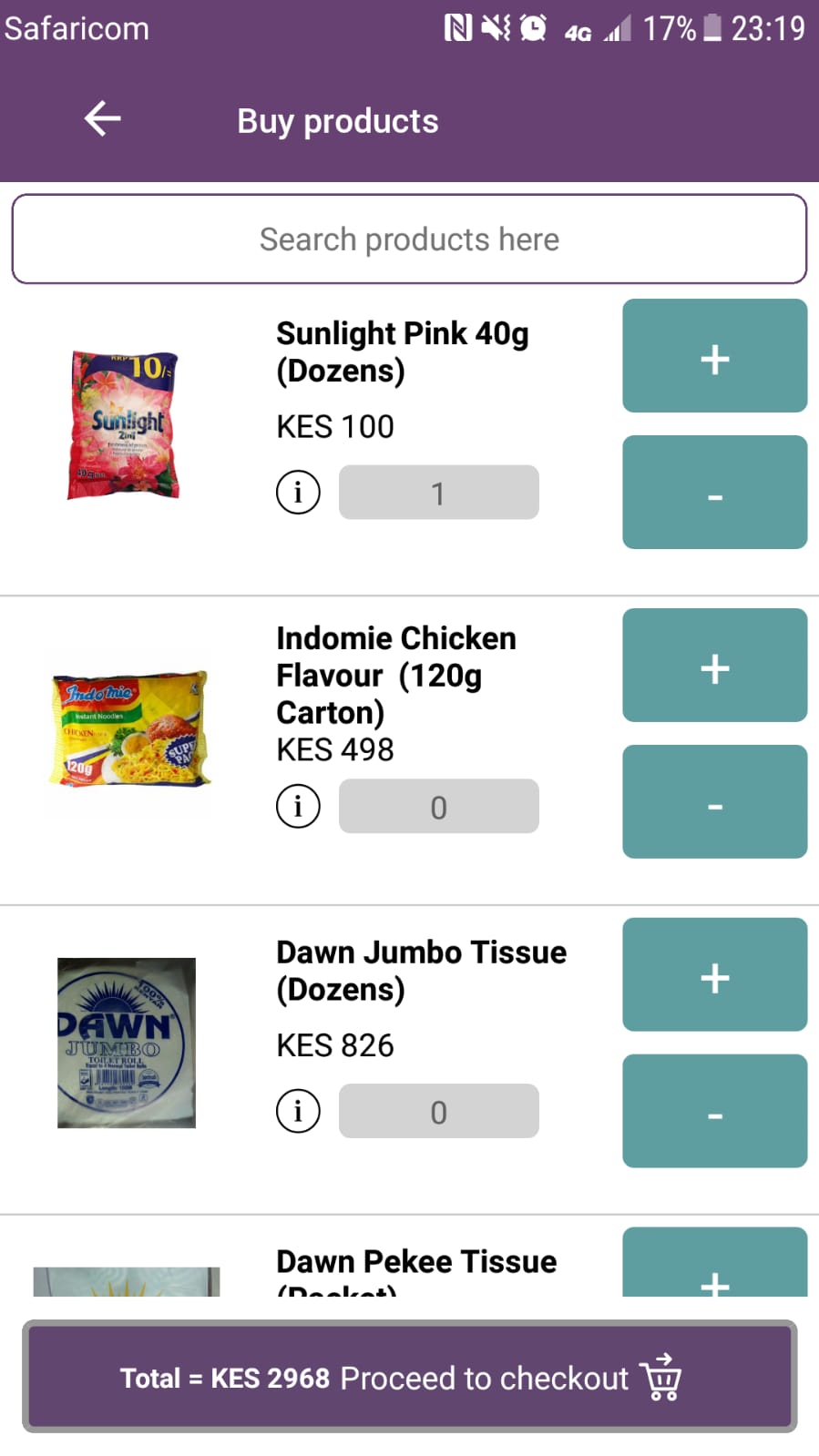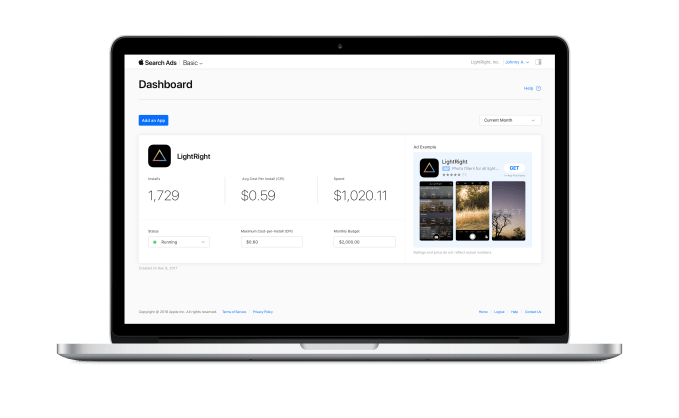The number of mobile payments users who tap to pay using a contactless payment solution provided by their mobile device’s maker will grow to 450 million people worldwide by 2020, according to a new forecast from Juniper Research. This includes mobile payment solutions like Apple Pay, Samsung Pay, Google Pay, and others. By this time, Apple Pay will have amassed the largest audience, with Apple accounting for 1 in 2 of these “OEM Pay” users globally – meaning those using wallets provided by the original equipment manufacturer, as opposed to a third-party app.
The forecast includes newcomers to the market, like Fitbit’s odd entry with Fitbit Pay, offered with select editions of its Versa smartwatch, for example. But not surprisingly, the analysts don’t believe these alternatives will amass much market share over the next few years.
“We believe that growth over the next five years will continue to be dominated by offerings from the major OEM players,” said the research’s author Nitin Bhas, referring to companies like Apple, Google, and Samsung. “Additionally, we now have the likes of Huawei Pay and Fitbit Pay launching in several markets; this is now included in Juniper’s contactless forecasts,” he noted.
By 2020, “OEM Pay” wallets will account for over $300 billion in transactions, representing 15 percent of the total number of contactless in-store transactions.
However, the contactless payments market will still be dominated by contactless card payments, not mobile wallets. Contactless card payments are most popular in parts of Asia, including China, where they account for nearly 55 percent of global contactless payments. Combined, all contactless payments in-store will reach $2 trillion by 2029, which is 15 percent of the total point-of-sale transactions.
Notably, contactless payments will exceed $1 trillion for the first time in 2018 – one year earlier than previously estimated.
Meanwhile, by 2022, Juniper forecasts nearly 10 billion mobile contactless ticketing transactions will take place, with North America leading other regions, followed by parts of Asia, including China.
What’s interesting about this new research report is that Apple Pay has such a large following, given how it’s Android-based smartphones, not iPhones, that dominate the worldwide smartphone market. Android’s scale is thanks to Google’s carrier partnerships and the lower cost of some Android phones, which have allowed Android to make inroads in developing regions as well. Android today accounts for around 85-86 percent of the global smartphone market, compared with Apple’s iOS’s 14-15 percent, according to various measurement firms.
Of course, Android has to contend with something Apple does not – OEMs like Samsung running their own mobile wallets to compete with Google Pay (previously called Android Pay.) That fragmentation could account for, in part, why Apple Pay will soon account for 1 out of every 2 contactless mobile wallet user.
from Apple – TechCrunch https://ift.tt/2LDga3f

